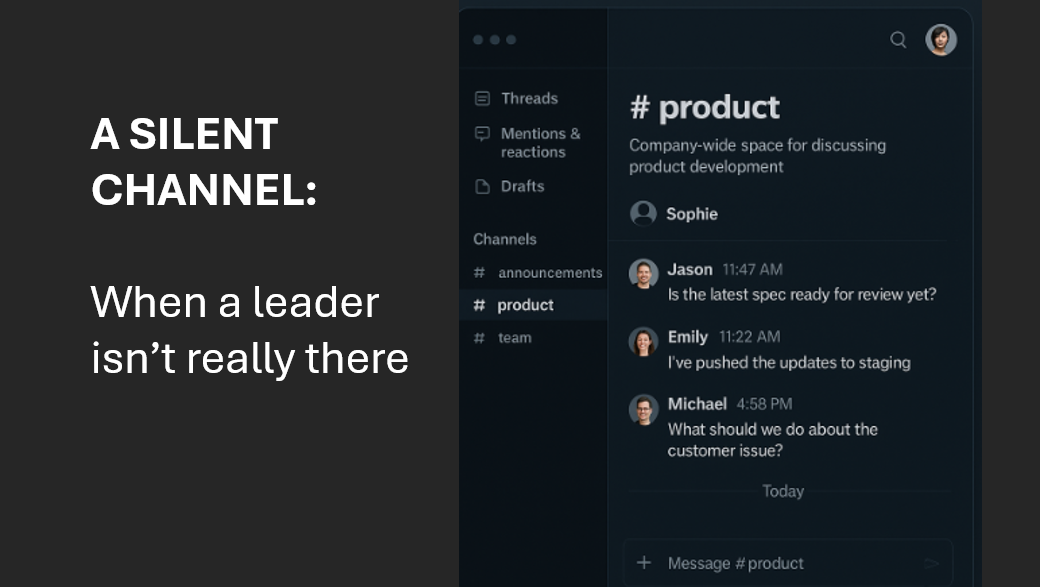Middle leaders are often described in relation to other layers of the organisation. They’re the ‘sandwich’ between executive leaders and frontline teams. They’re the ‘glue’ holding the organisation together. Or they’re the ‘conduit’ for passing information up and down the hierarchy.
But here’s the problem: when middle leaders are only defined by their position between others, they are denied an identity unique to their role. And that’s a missed opportunity for organisations.
Rarely recognised in their own right
Through recent research with senior HR leaders, a pattern became clear: middle leaders are rarely recognised for who they are in their own right. Their contribution is seen through the lens of their relationship with other layers rather than the impact they create themselves. This lack of distinct identity can lead to a lack of focus on how to best develop and support them.
Even more striking is the way middle leaders are described as if they were a homogenous group. Labels like “the stuck middle,” “the frozen middle,” or “the squeezed middle” suggest that everyone at this level shares the same experience. Yet, this couldn’t be further from the truth.
Multi-layered
Middle leadership isn’t one layer—it’s several. In fact it isn’t even several layers, it is many individuals, only loosely possible to group. It includes team leaders, heads of function, and senior managers, each with unique challenges, responsibilities, and potential. Treating them as a monolithic group ignores this complexity.
Thought. Skill. Ambition.
The reality is that within this layer, there’s a great diversity of thought, skill, and ambition. Some middle leaders are strategists who shape the future of the organisation. Others are operational experts who make things happen day-to-day. Some are people leaders who inspire high performance, while others are specialists driving innovation in their field.
Failing to recognise this range not only undervalues their contribution but also risks misalignment in leadership development efforts. One-size-fits-all programmes don’t work when the group they’re aimed at is so varied.
So, what can organisations do?
1. Acknowledge the Complexity: Recognise that middle leaders aren’t a homogenous group. Tailor development and support to reflect the diversity within this layer.
2. Give Them an Identity: Stop defining them only in relation to others. Acknowledge their unique role in shaping strategy, driving performance, and influencing culture.
3. Challenge the Stereotypes: Not all middle leaders feel stuck, frozen, or squeezed. Many are thriving, ambitious, and driving change. Organisations should be curious about the real experiences of middle leaders, not just the clichés.
Middle leaders are a powerhouse of talent and potential. But first, organisations need to stop seeing them only as the ‘in-between’ and start recognising them for who they are.
How does your organisation view its middle leaders? Is it time to rethink the narrative?
Exigence provides a full suite of evidence-based business coaching solutions, driven by a desire to help individuals and teams to achieve their performance potential. Find out more here or contact us to talk through how we can support you.





